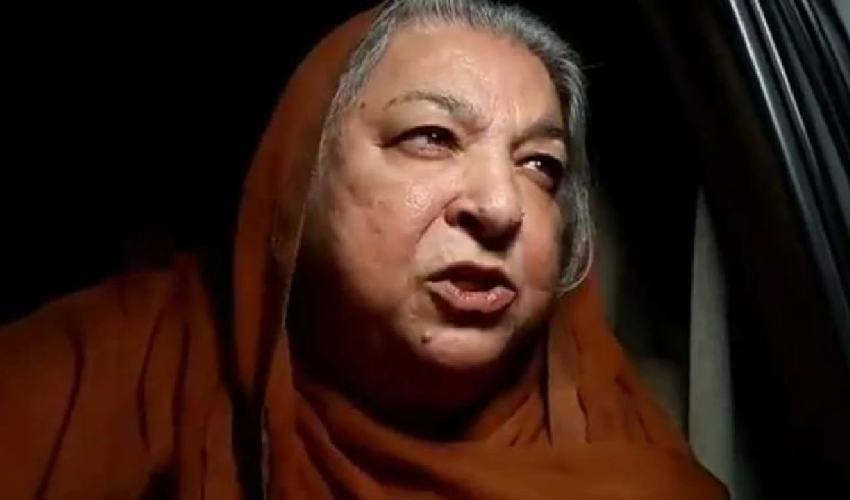In the world of cricket, where unpredictability reigns, rain can be a game-changer. To combat the challenges posed by rain interruptions in limited-overs matches, the Duckworth-Lewis-Stern (DLS) method was introduced.
This mathematical system has revolutionised the way target scores are calculated and match outcomes are determined in rain-shortened games.
DLS: A collaborative effort by statisticians
The DLS method is the brainchild of English statisticians Frank Duckworth and Tony Lewis. Initially named after them, it made its debut in 1997 and aimed to address the shortcomings of previous rain rule methods like Average Run Rate (ARR) and Most Productive Overs (MPO). The ARR method was too simplistic, and MPO favored the team bowling second, leaving a need for a more comprehensive solution.
Evolution of DLS: Steve Stern’s contribution
The DLS method received a significant update in 2015, just in time for the ICC World Cup. Australian academic Steve Stern played a pivotal role in refining the formula, and his name was added to the title, making it Duckworth-Lewis-Stern.
This update ensured that the DLS method remained aligned with the evolving trends in limited-overs cricket, particularly in high-scoring One Day Internationals (ODIs) and T20 matches.
How DLS works
The DLS method takes into account two crucial resources: overs and wickets. At the beginning of an innings, a team has 100% of its resources - 50 overs and 10 wickets. As the game progresses, the DLS method calculates the percentage of resources remaining based on the number of balls and wickets used.
The rate at which resources deplete is not constant but follows an exponential curve, depleting faster as wickets are lost and balls are consumed.
Calculating the target: Balancing the playing field
One of the key strengths of the DLS method is its ability to calculate target scores that reflect the efforts of both teams, even when matches are disrupted by rain. It achieves this by determining how many runs teams should score (and would have scored) if both sides had an equal share of available resources.
In simple terms, Team 2’s par score is calculated as Team 1’s score multiplied by the ratio of Team 2’s resources to Team 1’s resources.
Adapting to changing realities
The DLS method also accounts for the fact that a team batting first would have approached their innings differently had they known it would be shortened due to rain. While the weighting of wickets and overs is based on a formula, it acknowledges that it cannot make qualitative measurements of individual batting abilities.
This aspect was enhanced by Steve Stern’s update to the DLS formula, ensuring that teams chasing big totals are not penalized for preserving wickets during rain interruptions.
International cricket and DLS
In international cricket, the resource values used in the DLS method are obtained from a computer program, and these values are not publicly disclosed.
This adds an element of precision to the calculation process, making it the most accurate system used in international cricket for determining target scores and outcomes in rain-affected matches.
DLS adoption and global impact
Since its inception, the DLS method has become the go-to solution for settling rain-affected one-dayers. It has been adopted by the International Cricket Council (ICC) and is widely used in matches across the cricketing world.
With its ability to ensure fairness and accuracy, the DLS method continues to play a crucial role in preserving the integrity of limited-overs cricket in the face of unpredictable weather conditions.
In conclusion, the Duckworth-Lewis-Stern method has not only transformed the way rain-affected matches are decided but also stands as a testament to the innovation and collaboration of cricket statisticians in ensuring the sport’s fairness and competitiveness in all conditions.



























